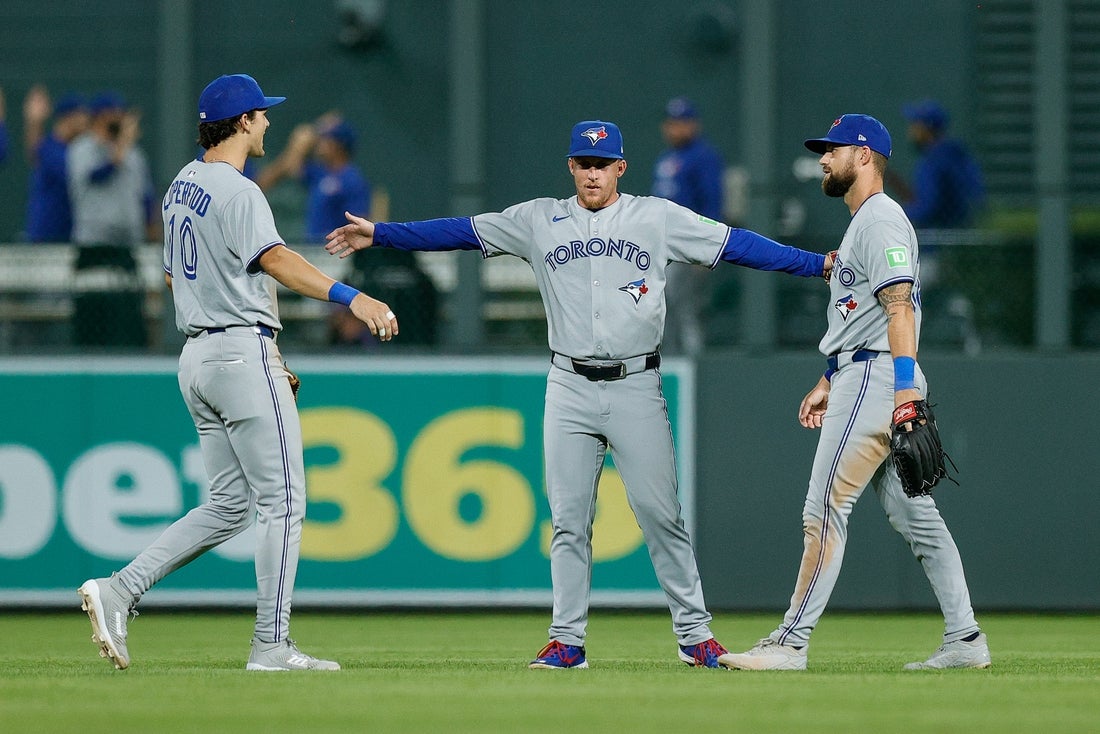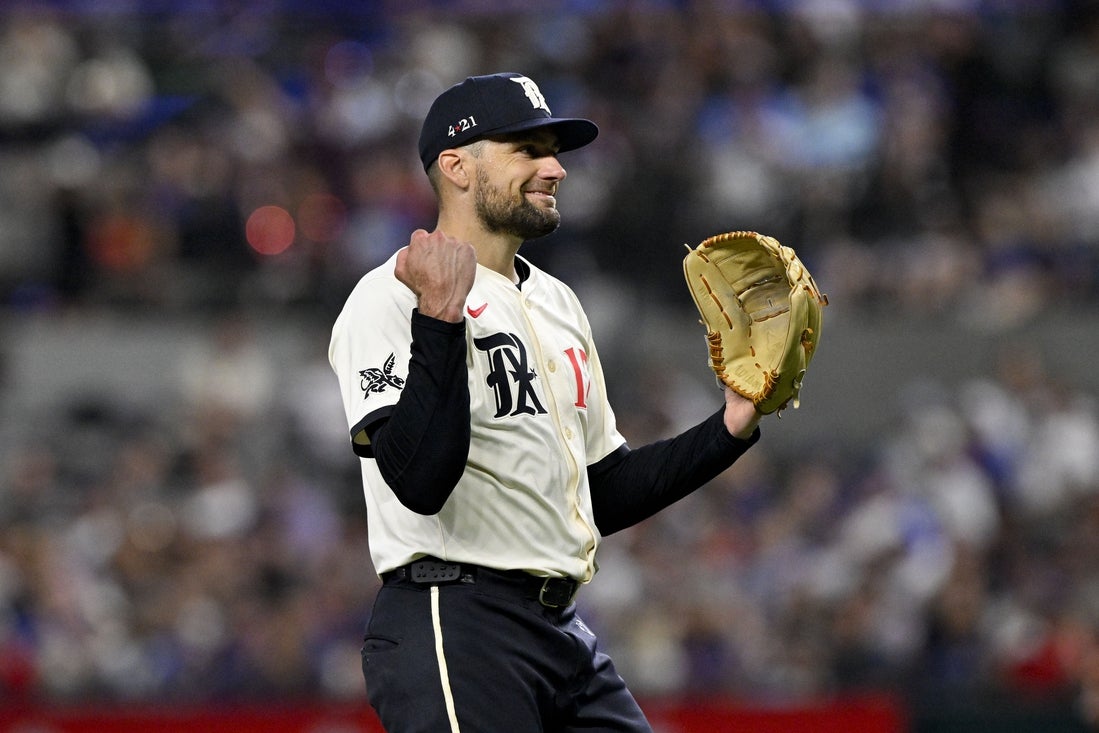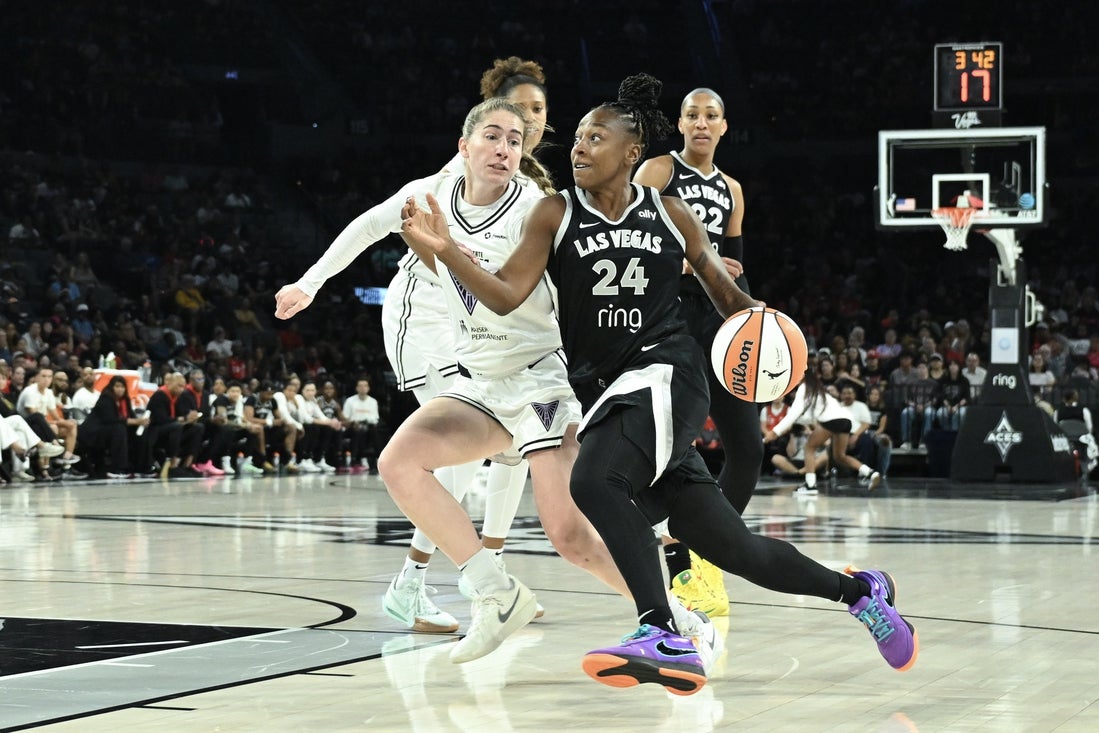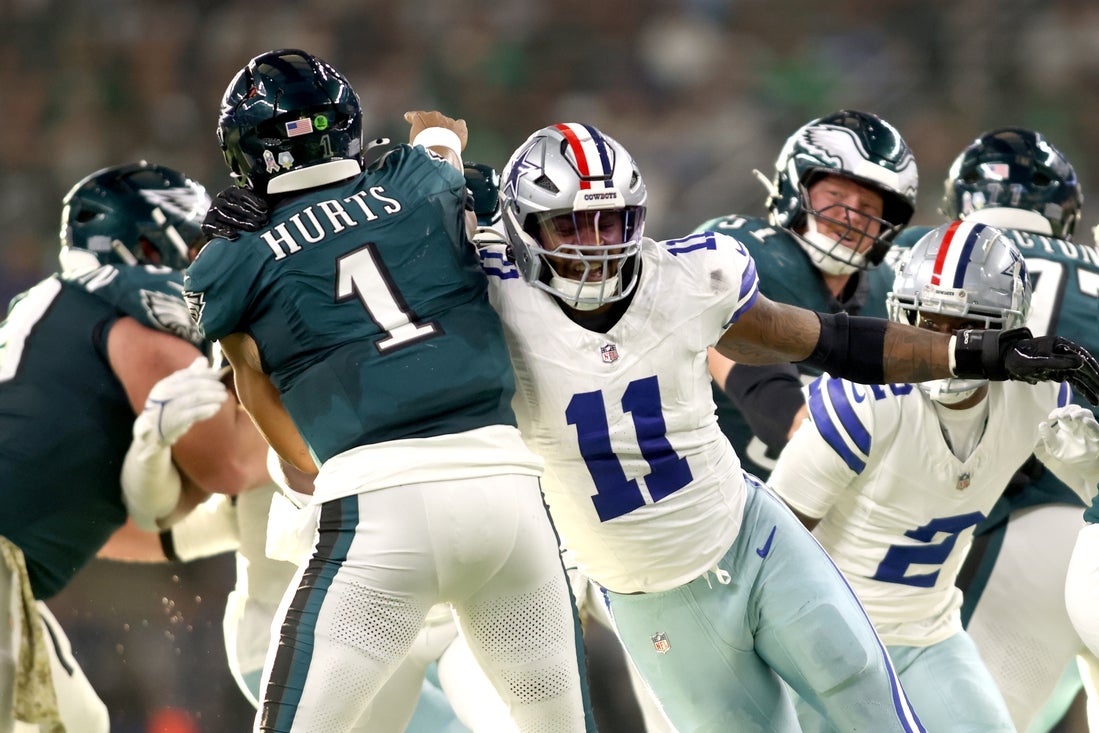What’s more dangerous: playing soccer in the midday sun amid temperatures nearing 100 degrees Fahrenheit, or playing soccer when there’s lightning eight miles away?
If you answered the latter, congratulations—you’re now qualified to join the FIFA Club World Cup organizing committee.
Whether you think FIFA’s approach to severe weather at the tournament is too strict or too blasé, this much is clear: If the concern is always player and fan safety, the disparity between concern over heat and concern over severe weather is nonsensical. And it’s a discrepancy that needs to be solved before next year’s World Cup.
We’ve already seen extreme hot weather cause very real hardship in recent tournaments on American soil during daytime kickoffs.
At last year’s Copa América, an assistant referee collapsed during a game between Peru and Canada in Kansas City, Kansas, amid temperatures in the low 90s and relative humidity above 50%.
At the final in Miami Gardens, Florida, numerous fans were seen requiring water and medical treatment amid sweltering conditions and crowd control difficulties.
More generally, heat is far more likely to cause death than lightning strikes in the United States. If anything, the number of heat-related fatalities may be undercounted because they can present as cardiac or other health issues.
Perhaps most maddening, it’s also an easily solvable problem. Major League Soccer has moved away almost entirely from daytime summer kickoffs. Of 510 league games this year, only seven were scheduled to begin before 6 p.m. local time between June and August, defined as meteorological summer. Three of those were in decidedly mild Seattle.
There is an abundance of indoor venues FIFA has more or less ignored. The good news: the 2026 World Cup will feature more of those, including five with full coverage and four with climate control. But several obviously feasible indoor sites were never considered, including three 2025 Concacaf Gold Cup host venues in Minneapolis; Arlington, Texas; and Glendale, Arizona.
At least the lightning policy is born out of concern for those involved—and, perhaps, the lawsuits they might file. But it’s likely overly cautious, applying general guidance that was originally intended for situations lacking sophisticated surveillance.
The common standard at NCAA events is the 30/30 rule: if you hear thunder within 30 seconds of seeing a lightning flash, suspend play for 30 minutes. That’s meant to avoid play once lightning is within six miles, and to be enforceable at smaller-scale events where there may be little staff beyond coaches and players.
That standard has been ratcheted up to eight miles at MLS games and the ongoing Club World Cup, and even 10 miles at outdoor NFL games. But with nighttime kickoffs, MLS games can usually wait out severe weather that diminishes as temperatures cool. NFL regular-season games are played entirely outside of meteorological summer.
FIFA should instead follow Major League Baseball’s model, which includes no hard-and-fast policy on implementing lightning delays.
A 2023 analysis suggested as many as one in 14 MLB games are played with lightning within an “unsafe” distance, as defined by the eight-mile radius. That’s more than 170 games a season.
But MLB also has generations of experience dealing with the issue and stadium personnel whose primary job is to monitor radar and weather conditions—accounting for a storm’s relative severity, speed and direction in addition to proximity.
With this common-sense approach, modern MLB has avoided lightning-related injuries. If you search for lightning-related MLB deaths, you’ll find the wild story of Ray Caldwell, who was struck down on the mound in 1919—before the advent of radio, let alone radar.
FIFA should follow that model, placing a qualified meteorologist at each venue empowered to make nuanced, real-time decisions rather than enforcing a rigid rule. We see this regularly in the medical field. The same doctor who advises the average person to rest for two weeks might give more nuanced guidance to a professional athlete who has a training staff to help manage risks while playing through an injury.
To be clear, FIFA should not sacrifice player and fan safety for the sake of convenience. But it must think about actual safety—not the appearance of it.
Forcing thousands of fans into crowded, sweltering concourses or unsheltered parking lots amid a remote chance of lightning can’t possibly be the safest choice every single time. Nor can forcing athletes to exert themselves for two hours in the peak of the midday summer sun.





